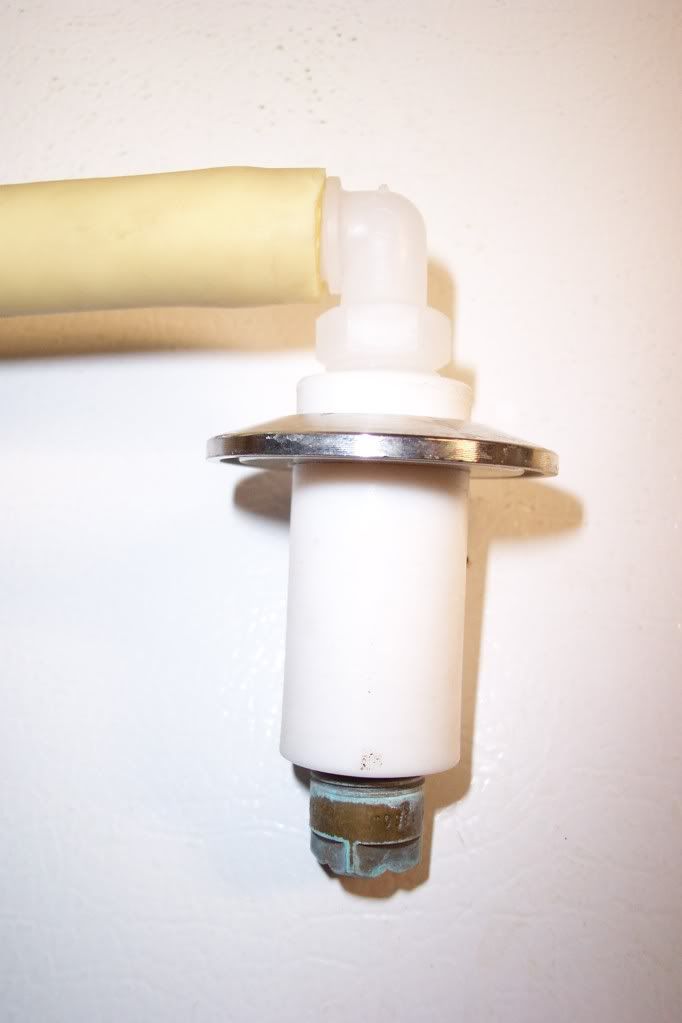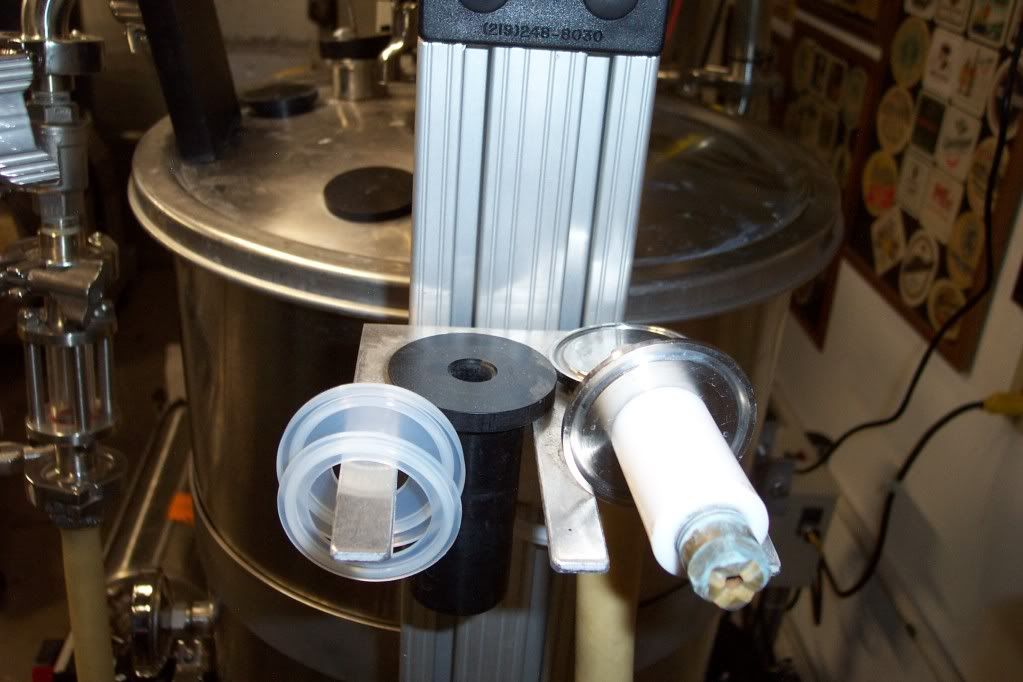I agree...a little common sense can go a long way. I've always fly sparged and never used a sparge arm or anything. Seemed unnecessary for the reason already mentioned. 90% efficiency into-the-fermenter just using a Zapap and adding sparge water with a saucepot seemed acceptable to me...but I purposely backed off on that to try and improve wort quality.
Seems that to some small degree...the whole 'tiered' setup was inspired by HSA fears and that has been pretty much debunked. Turns out using a saucepot to ladle it from one vessel to another wasn't so bad after all.
If a more elaborate system allows for more consistency or tighter control (like Pols setup with it's tight temp control) then all the better but if it's based on old myths then it just seems a step in the wrong direction. KISS-rule fail.
FWIW, we use a cheapo lawn sprinkler mounted upside-down in a tank of foamy surfactant at work. But our sprinkler is designed to hit the walls as well as the liquid surface to knock the foam down. If you used a sprinkler of any kind and the sparge water had a long way to fall before it hit the surface, I think you would NOT want it to spray the inner walls. I think
under certain conditions it could cause channeling down the walls.






 why sprinkle when you can tinkle, oh sorry my mistake
why sprinkle when you can tinkle, oh sorry my mistake

